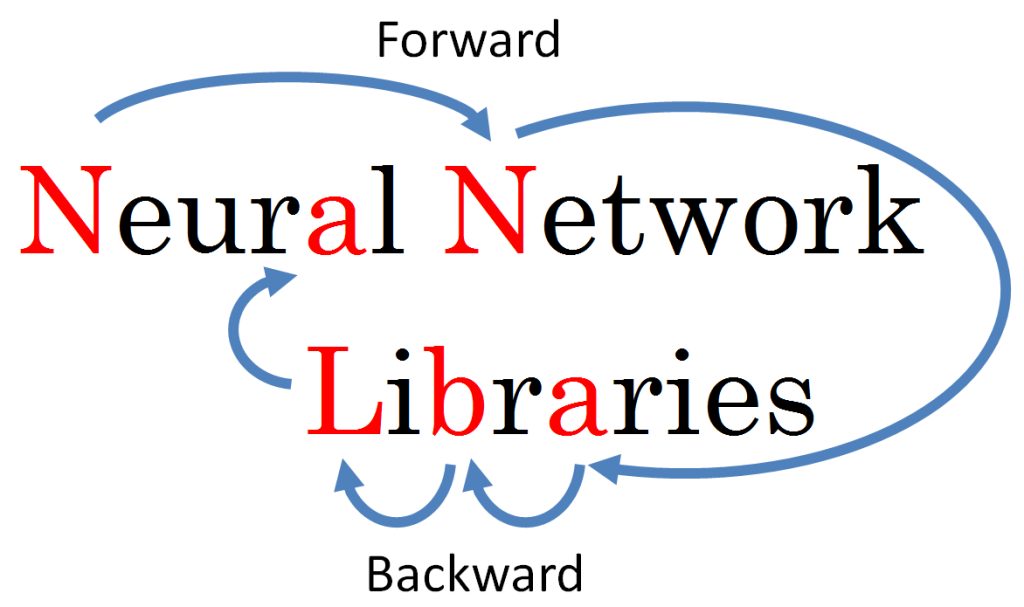Neural Network Libraries: A Comprehensive Guide

Neural network libraries are a crucial component in the development and deployment of artificial intelligence and machine learning applications. These libraries provide a wide range of tools and functionalities that enable developers to create and train neural networks quickly and efficiently. In this article, we will discuss everything you need to know about neural network libraries, from their history and evolution to their current state and future prospects.
What are Neural Network Libraries?
Neural network libraries are software frameworks that provide a set of tools and functionalities for developing and training neural networks. These libraries are designed to simplify the process of developing deep learning models by providing an abstraction layer that allows developers to focus on the higher-level aspects of machine learning, such as model architecture and data preprocessing.
Over the years, several neural network libraries have emerged, each with its own set of features and functionalities. Some of the most popular neural network libraries include TensorFlow, PyTorch, Keras, Caffe, and Theano.
History and Evolution of Neural Network Libraries

The history of neural network libraries dates back to the late 1980s when a group of researchers at Carnegie Mellon University developed the Neural Network Simulation Environment (NNSE). This software framework was one of the first neural network libraries that allowed developers to create and train neural networks efficiently.
Over the years, several other neural network libraries emerged, including the Connectionist Toolkit (CTK), FANN, and Neuroph. However, it was not until the emergence of deep learning in the early 2010s that neural network libraries gained widespread popularity.
Today, neural network libraries have become an essential tool for machine learning developers worldwide. With their advanced features and functionalities, these libraries have enabled developers to create and train highly complex deep learning models that were previously impossible.
Key Features of Neural Network Libraries

Neural network libraries provide several key features and functionalities that make them an essential tool for machine learning developers. Some of these features include:
Abstraction Layer
One of the key features of neural network libraries is the abstraction layer they provide. This layer allows developers to focus on the higher-level aspects of machine learning, such as model architecture and data preprocessing, without having to worry about the low-level implementation details.
Optimizers
Neural network libraries also provide a range of optimizers that enable developers to train their models more efficiently. These optimizers use advanced algorithms to optimize the model’s parameters, reducing the training time and improving the accuracy of the model.
Visualization Tools
Neural network libraries also provide several visualization tools that allow developers to visualize their models’ architecture and performance. These tools enable developers to identify potential issues with their models and make informed decisions about how to improve them.
Pretrained Models
Finally, many neural network libraries provide pretrained models that developers can use as a starting point for their own models. These models have already been trained on large datasets and can serve as a useful baseline for developers to build upon.
Popular Neural Network Libraries
Several neural network libraries are available today, each with its own set of features and functionalities. Let’s take a closer look at some of the most popular neural network libraries:
TensorFlow
TensorFlow is a popular open-source neural network library developed by Google. It provides a range of tools and functionalities for developing and training deep learning models, including support for distributed training and GPU acceleration.
PyTorch
PyTorch is another popular open-source neural network library developed by Facebook. It provides a range of tools and functionalities for developing and training deep learning models, including support for dynamic computation graphs and automatic differentiation.
Keras
Keras is a popular open-source neural network library that provides a high-level API for developing and training deep learning models. It is built on top of TensorFlow and provides a simplified interface for building complex models.
Caffe
Caffe is an open-source neural network library developed by the Berkeley Vision and Learning Center. It provides a range of tools and functionalities for developing and training deep learning models, including support for convolutional neural networks and recurrent neural networks.
Theano
Theano is an open-source neural network library developed by the Montreal Institute for Learning Algorithms (MILA). It provides a range of tools and functionalities for developing and training deep learning models, including support for symbolic differentiation and GPU acceleration.
Conclusion

In conclusion, neural network libraries have become an integral part of the machine learning landscape. They provide a range of tools and functionalities that simplify the process of developing and training deep learning models. With their advanced features and functionalities, these libraries have enabled developers to create and train highly complex models that were previously impossible. As the field of machine learning continues to evolve, we can expect neural network libraries to play an even more critical role in the development and deployment of AI applications.